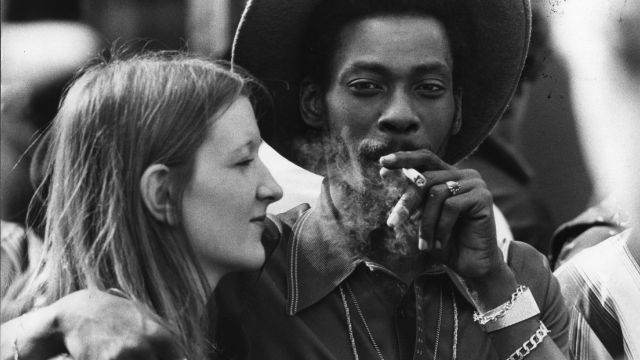How a Dancer Raised to Believe Dance was a Sin Revolutionized the Artform

Martha Graham, along with Doris Humphrey, Charles Weidman, Hanya Holm, has been recognized a one of the ‘big four’ founders of American modern dance. For 70 years she dedicated her life to the art form, first as a performer and later as a choreographer. She ran a dance company and received numerous awards, including the Presidential Medal of Freedom, and National Medal of Arts. In 2015, Graham was posthumously inducted into the National Women’s Hall of Fame.
Life threw her a curve ball early on: Graham was born into a religious family where dance was viewed as a sin – but she still found her way to it when she attended the performance of famous dancer Ruth Saint Denis. It was a day that changed her life. Since then Graham aspired to be a dancer. In 1913, she was allowed to enroll in the Cumnock School of Expression, an experimental college in Los Angeles. In following years, she studied at the Denishawn School; that was founded by Ruth Saint Denis and Ted Shawn.
At the beginning of the 20th century, dance belonged to entertainment; it was part of vaudevilles, fancy shows, and balls. Only a ballet had the status of high art. Graham did not want to be seen as a cabaret girl – she was an artist.
Gender stereotypes of the time implied that men were cerebral, and women were emotional. Therefore, in dance, men express themselves by inching and straight movements, while women swayed in a smooth motion, following curved trajectories. Graham broke this delineation, and stated that she did “not want to be a tree, a flower or a wave.” In her dance, she withdrew from the standard view of femininity. She made her characters impersonal, strong, and even masculine. The movements based on the opposition between contraction and release were coined ‘Graham technique’, and now that technique is taught worldwide.
See the full collection of Martha Graham images on Picryl, the largest public domain search engine.









